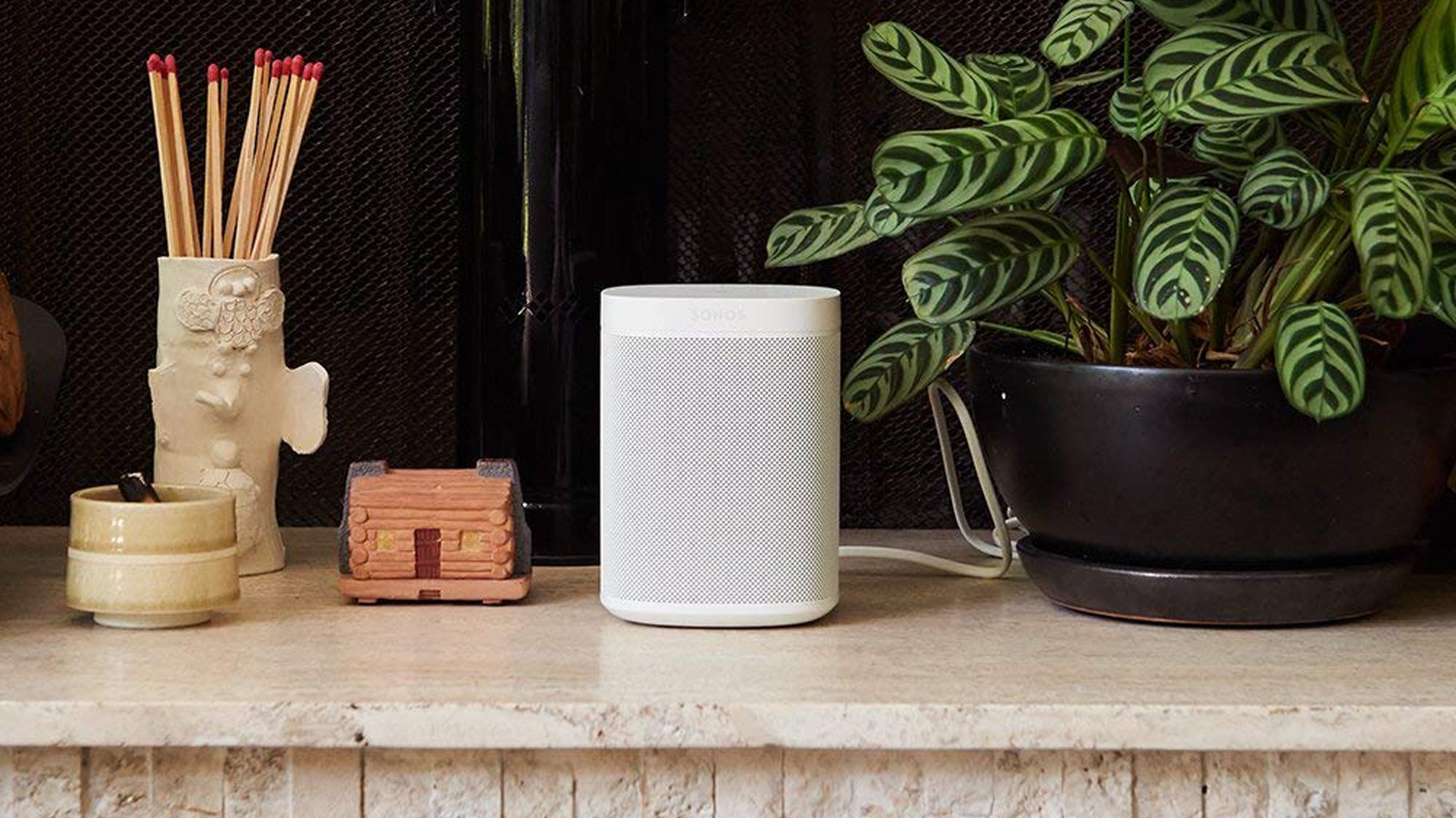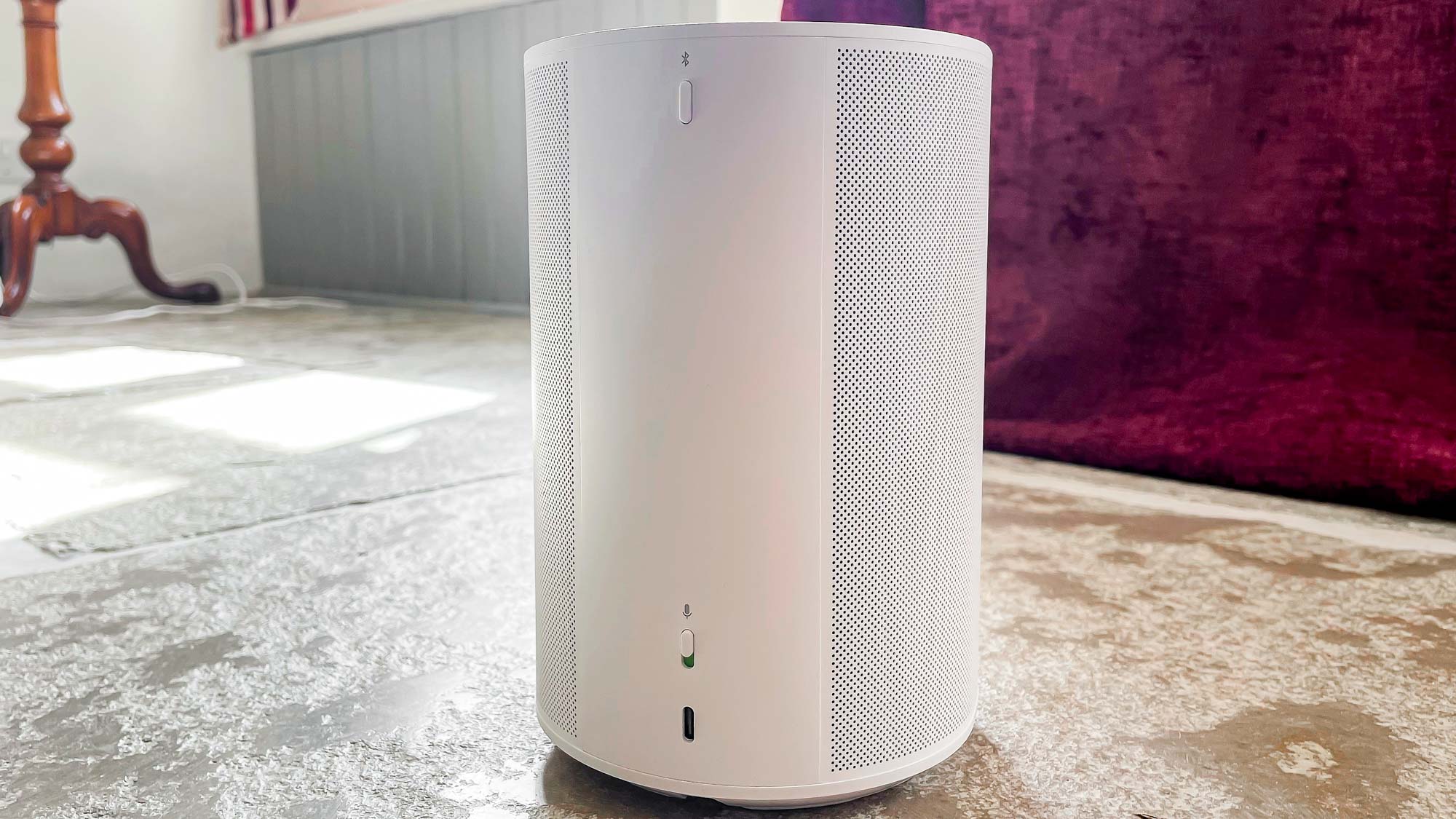Sonos speakers are getting a surprise downgrade for Android users — here’s 3 ways to get around it
There are still ways to play files directly from your phone

Sonos speakers are great for building a home-wide audio setup. I use a fair amount of Sonos products myself, including the Sonos Amp, which is the best part of my audio setup. But me and a lot of other Sonos users are getting a downgrade — and it’s a bummer.
As reported by The Verge, Sonos is removing support for the “On this device” feature from Android devices. This feature allowed users to play music stored locally on their Android phones directly through their Sonos speakers using the Sonos app.
This feature was a big win for audiophiles that had already amassed large digital music collections or preferred to eschew popular music streaming services, such as Spotify and Apple Music. Or for people like me who would buy records and get free digital codes for the album and would download the album to their phone.

Unfortunately, it seems the investment simply wasn’t worth it for Sonos anymore. According to a Sonos support post, Sonos rep Marco B. states: “As newer versions of mobile operating systems are released, it can sometimes change the way information is shared between devices, and this feature will no longer be compatible with newer versions of the Android operating system.”
Even if there was a workaround, Sonos clearly didn’t feel that it was worth it. And to be fair, Sonos ditched this feature for iOS years ago. So now that “On this device” is gone for everyone, let’s look at possible solutions for Sonos users.
Solution #1: Use a music streaming service
This is the simplest solution. If you want an easy way to play your favorite tunes on a Sonos speaker, a streaming service will get it done.
And some will even let you upload your existing digital library to the streaming service so you can still play local files on Sonos — albeit in a roundabout way. Sonos says to use Apple Music, YouTube Music (which I use to play local files), Deezer and Plex.
Get instant access to breaking news, the hottest reviews, great deals and helpful tips.
Solution #2: Use Bluetooth

Using Bluetooth seems like such an easy fix, but if you’re someone like me who has built a Sonos ecosystem over the years, you know it’s not that simple. That’s because Sonos has only recently adopted Bluetooth in addition to Wi-Fi connectivity for its speakers.
So if you have a Sonos Era 100, Sonos Era 300, Sonos Move or Sonos Roam you can just switch to using Bluetooth. For the rest of us, there’s only one other option if these first two don’t work — and it’s the most complicated.
Solution #3: Use a NAS drive
No, this isn’t a reference to the greatest rapper of all time. A NAS drive, or network-attached storage drive, allows you to create a standalone hard drive connected to your Wi-Fi network filled with your favorite music (including Illmatic). However, this solution takes a bit of technical know-how, as you first need to create the drive — which isn’t the simplest (but is doable!).
Once your NAS drive is set up, then Sonos has you covered. Sonos has a guide to using a NAS drive with Sonos that has steps for iOS, Android, macOS and Windows.
Personally, I still recommend using a music streaming service, even if you are tech-savvy. Between Spotify Premium and YouTube Music Free, I am able to play just about anything I want on my Sonos, including my local files. If you want to simplify things, Apple Music is excellent and allows you to play local and streamed files in one place. Hopefully, this is enough to get around this sudden feature loss.
More from Tom's Guide
- 6 best Apple Music tracks to try spatial audio on speakers and headphones
- Anker Motion X600 offers portable spatial audio at an affordable price
- 5 ways I improved the sound from my Samsung Galaxy smartphone

Malcolm has been with Tom's Guide since 2022, and has been covering the latest in streaming shows and movies since 2023. He's not one to shy away from a hot take, including that "John Wick" is one of the four greatest films ever made.
